The Cross in Latter-day Saint Culture: A Complex History and Evolving Perspective.
The use of the cross as a symbol has been a topic of discussion and sometimes debate among members of The Church of Jesus Christ of Latter-day Saints. While the Church itself does not use the cross as an official symbol, individual members’ attitudes toward wearing or displaying crosses have varied over time and continue to evolve.
Historical Context
Contrary to what some might assume, early Latter-day Saints did not avoid the cross symbol. In the 19th century, crosses appeared on various Church-related items, including marriage certificates, quilts, and even the 1852 European edition of the Doctrine and Covenants. Crosses were displayed at funerals of prominent Church members, and some early Latter-day Saint chapels featured crosses.
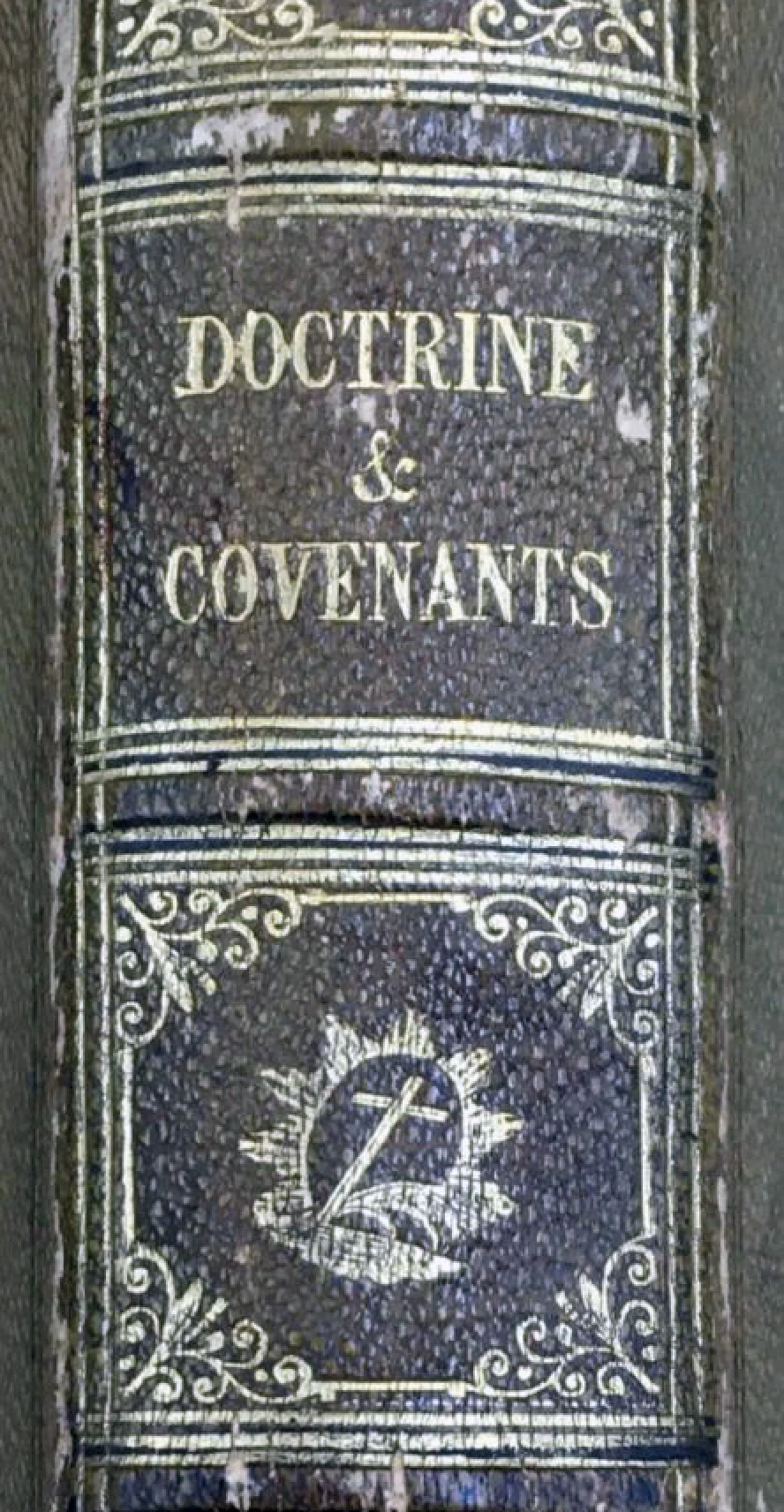
Photographs from the era show that wearing cross jewelry was relatively common among early Church members, including some of Brigham Young’s family members. This openness to the cross symbol continued into the early 20th century, with Church leaders even considering erecting a large cross monument on Ensign Peak in Salt Lake City in 1916.
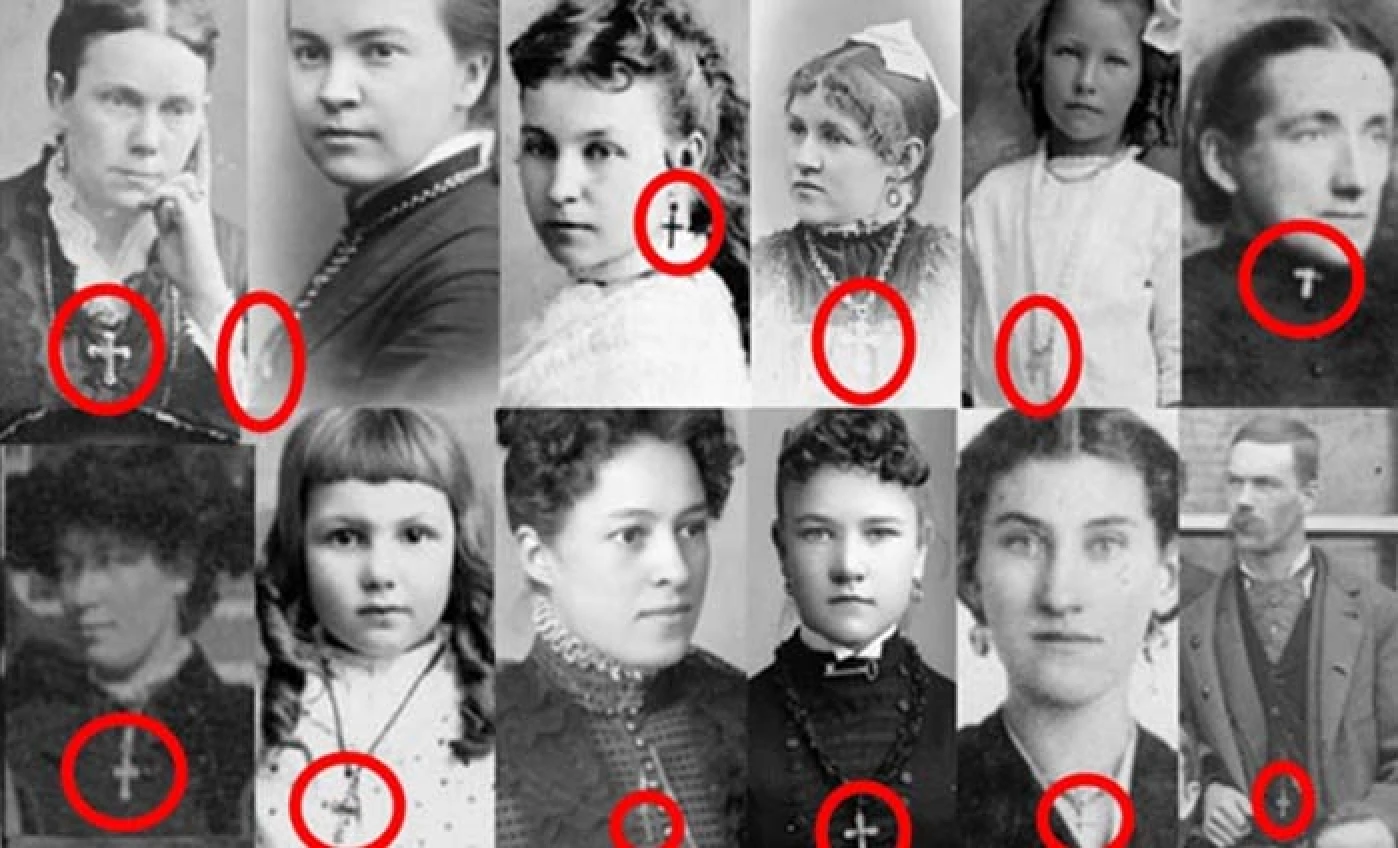
The early 20th century saw a notable openness to the symbol of the cross within The Church of Jesus Christ of Latter-day Saints, as evidenced by a significant proposal in 1916. Presiding Bishop Charles W. Nibley put forward a plan to erect a large cross monument atop Ensign Peak in Salt Lake City, a location of great historical and spiritual importance to the Latter-day Saint community.
Bishop Nibley’s proposal framed the cross as “the symbol of Christianity” and suggested it would serve as a fitting memorial to the Mormon pioneers. He emphasized that the cross would represent “that which the cross implies,” highlighting the deep Christian roots and beliefs of the early settlers.
This proposal received support from high-ranking church leadership. President Joseph F. Smith, along with one of his counselors in the First Presidency, expressed approval for the idea. Their endorsement indicates that at this time, the use of the cross as a symbol was not viewed negatively by the church’s highest authorities.
The Deseret Evening News, a prominent Utah newspaper closely associated with the church, reported on the proposal. The paper’s statement reveals an interesting motivation behind the project: to counter accusations that the Latter-day Saint faith was not truly Christian. By erecting a cross, a universally recognized symbol of Christianity, the church aimed to publicly affirm its Christian identity and beliefs.
Located in Ogden, a city with a rich Mormon heritage, one chapel serves as a testament to the church’s efforts to accommodate and include diverse communities within its fold. The Deaf Branch, specifically catering to deaf and hard-of-hearing members, represents the church’s commitment to making its services accessible to all.
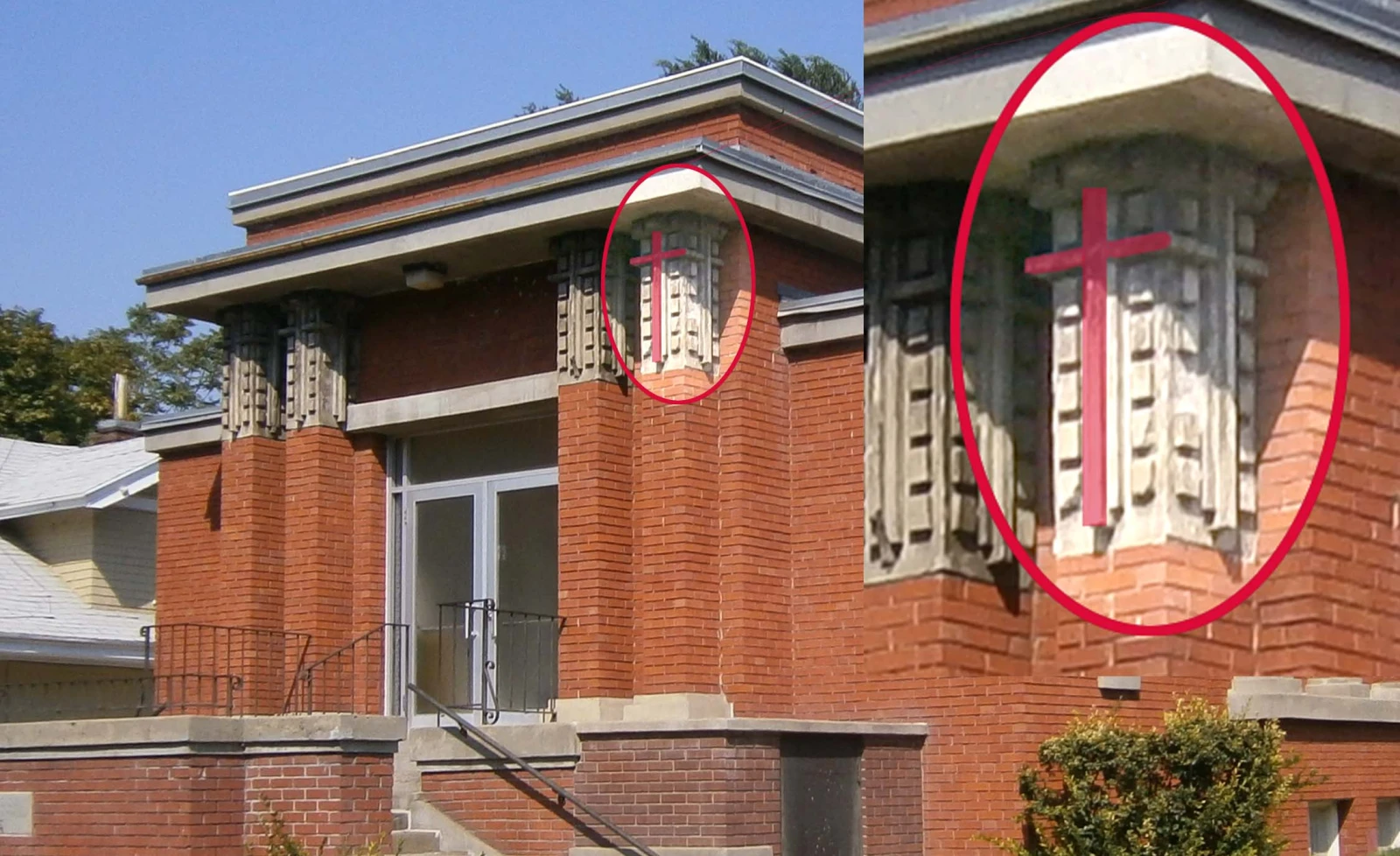
What makes this chapel particularly noteworthy is the incorporation of several crosses along its exterior walls. This architectural choice is unusual for Latter-day Saint buildings, especially those constructed in more recent times. The presence of these crosses offers a visual link to broader Christian symbolism, which is generally not emphasized in contemporary Latter-day Saint worship spaces.
Shifting Attitudes
A shift in perspective began to occur in the 1950s, partly due to an increased association of the cross with Catholicism. Some Church leaders, in their personal writings or unofficial publications, discouraged the wearing of crosses. However, it’s important to note that these statements were not official Church policy.
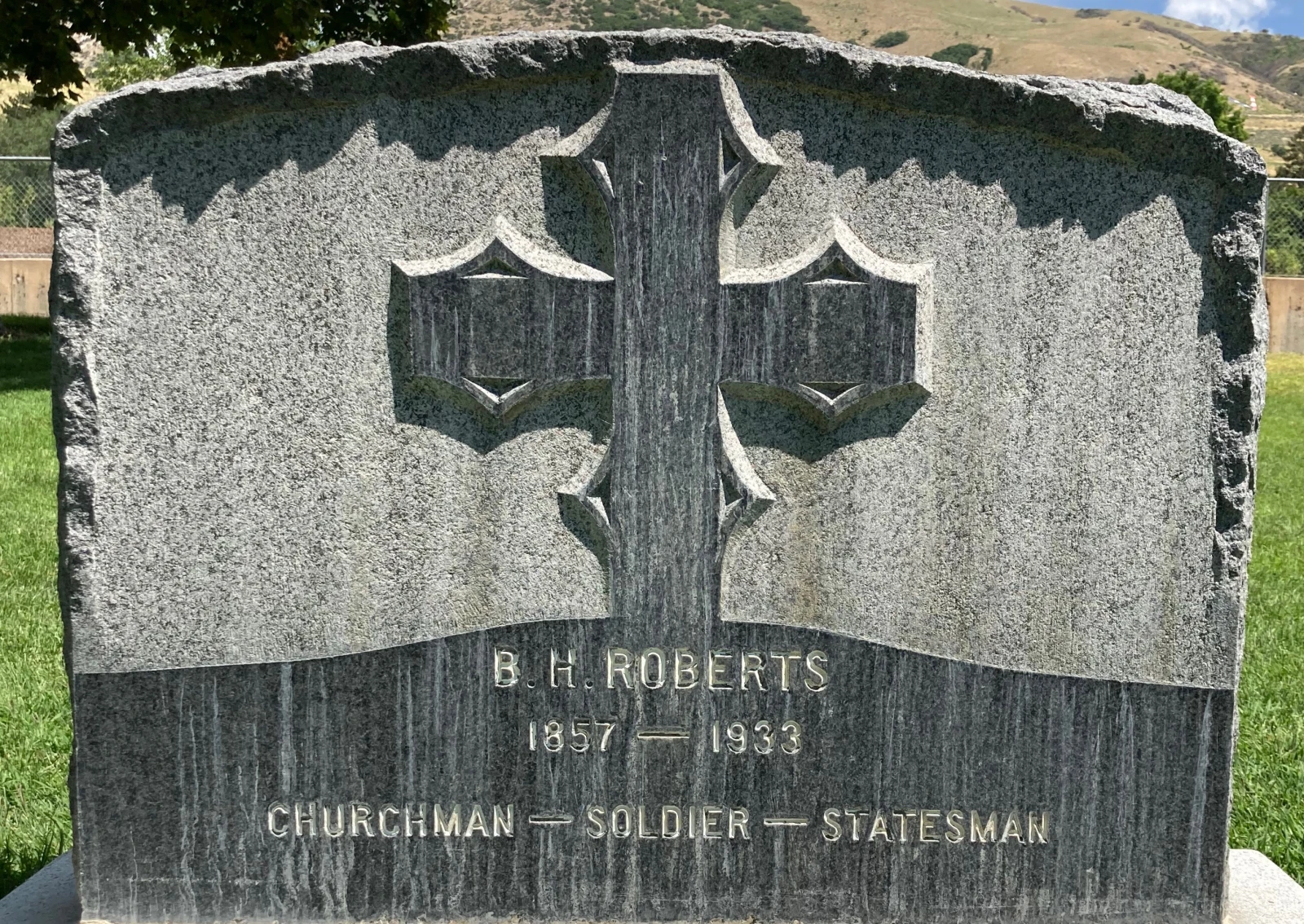
Courtesy of Megan Cutler
In1961, Elder Joseph Fielding Smith wrote,
“If our Lord had been killed with a dagger or with a sword, it would have been very strange if religious people this day would have graced such a weapon by wearing and adoring it because it was by such a means that our Lord was put to death.” He continued to say that “the wearing of crosses is to most Latter-day Saints in very poor taste and inconsistent to our worship.”
His stance was quite clear. He challenged the display of a cross.
Current Stance
Today, the Church’s official position is nuanced. While the Church itself does not use the cross as a symbol in its buildings or literature, there is no official prohibition against individual members wearing or displaying crosses. The Church acknowledges the cross as a sincere expression of faith for many Christians and emphasizes respect for others’ religious symbols.
There are members who have spoke highly of the display. Elder F. Enzio Busche, who served in the Quorum of the Seventy, had a profound experience with the symbol of the cross. While hospitalized with a serious liver infection and facing the possibility of death, he found himself unprepared to meet God, which filled him with panic and anxiety.
In this moment of crisis, Elder Busche’s attention was drawn to a crucifix on his hospital room wall. He wrote,
“On the wall of my [hospital] room was a cross with the crucified Christ on it. It was the only object on the wall, and as I focused upon it, I developed a tremendous hope.”
This encounter with the cross served as a turning point, transforming his fear into hope and providing comfort in his darkest hour. The experience highlights the powerful impact religious symbols can have, particularly in moments of vulnerability, and offers an interesting perspective on the role of the cross in personal spirituality prior to his conversion to the Latter-day Saint faith.
While The Church of Jesus Christ of Latter-day Saints has never officially encouraged its members to wear or display crosses, it’s important to note that there is no formal doctrine or policy prohibiting such practices either. The church’s stance on this matter is more a matter of custom and cultural tradition rather than strict religious mandate.
Throughout its history, the church has placed greater emphasis on other symbols, such as the angel Moroni atop temples, or on living Christ-centered lives rather than on displaying the cross as a symbol of faith. However, this preference should not be interpreted as a judgment against those who choose to wear or display crosses as an expression of their Christian faith.
It’s crucial for Latter-day Saints to approach this topic with understanding and respect for diverse personal choices in expressing faith. The absence of official encouragement for using the cross should not lead to stigmatization or criticism of those who find meaning in this symbol. Ultimately, the most important aspect of faith is how one lives the principles of the gospel, rather than the symbols one chooses to display.
Personal Choice and Respect
The meaning of the cross symbol is multifaceted and can vary among individuals. For some, it represents Christ’s death; for others, it symbolizes His sacrifice, love, and triumph over death. Understanding these various perspectives can foster greater empathy and unity among Christians of different denominations.
Ultimately, the decision to wear or display a cross is a matter of personal choice for Latter-day Saints. What’s most important is respecting others’ choices and focusing on the core principles of faith, love, and service that define the Latter-day Saint community.
As our understanding evolves, so too might our perspectives on religious symbols. This ongoing conversation reflects the dynamic nature of faith communities and the importance of open, respectful dialogue about religious practices and symbols.
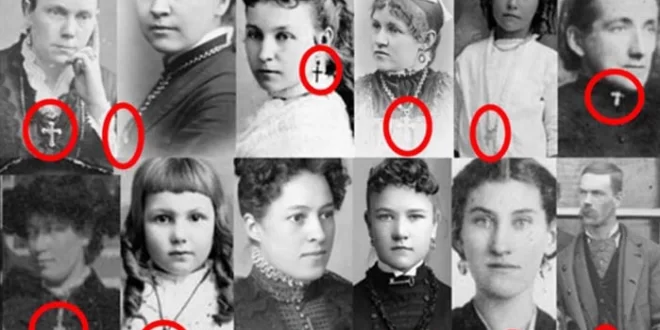




Why don’t you cite my book or MA thesis? LDSLiving did.
I would if I knew what you were referring to. Do you own one of the images? I would gladly cite or remove for you. Just let me know what you are questioning. Are you referring to the old photos of early Mormons? Those photos are public domain, but I will gladly cite you if you would like. Just let me know!